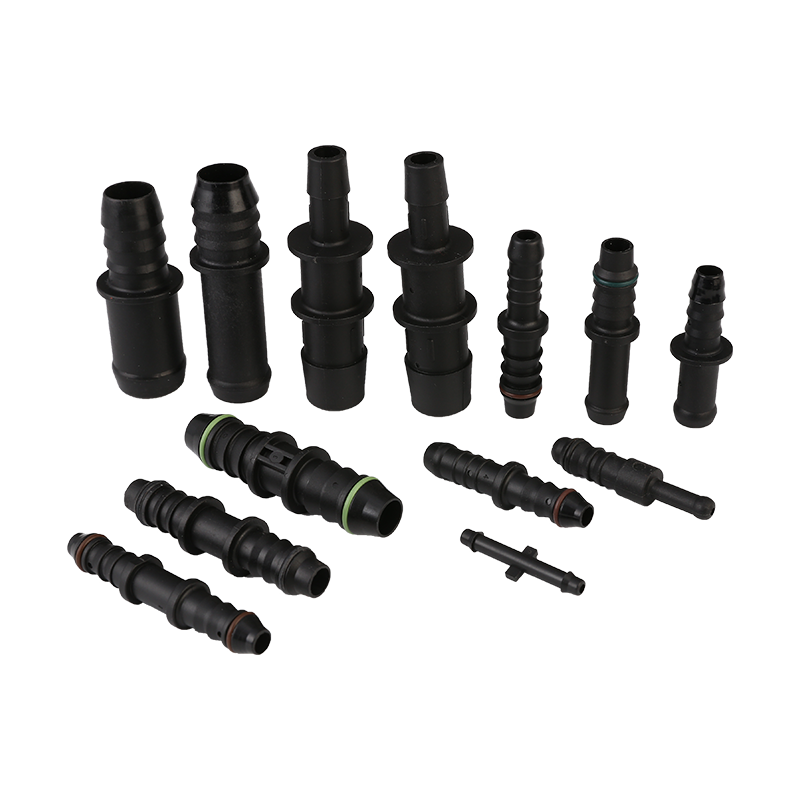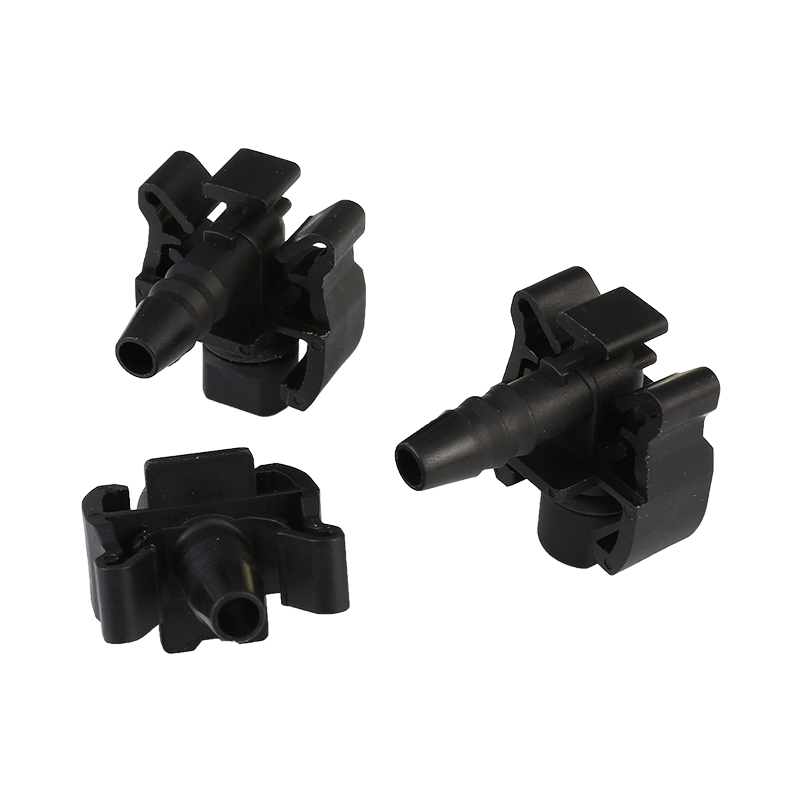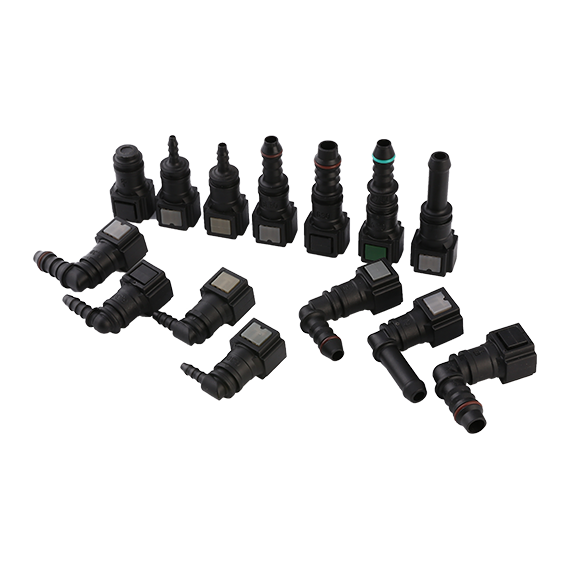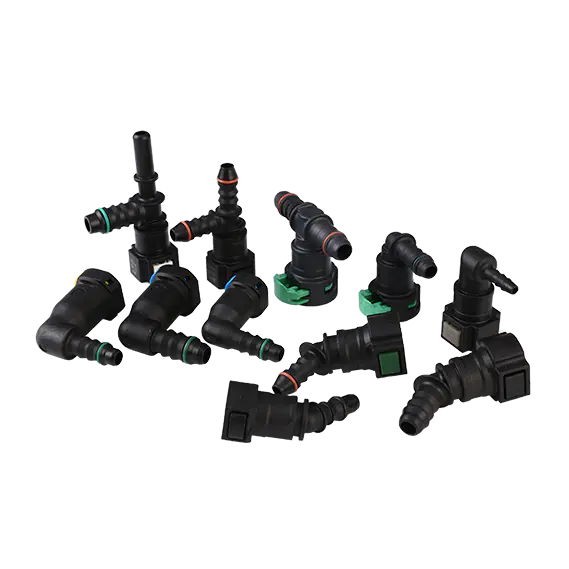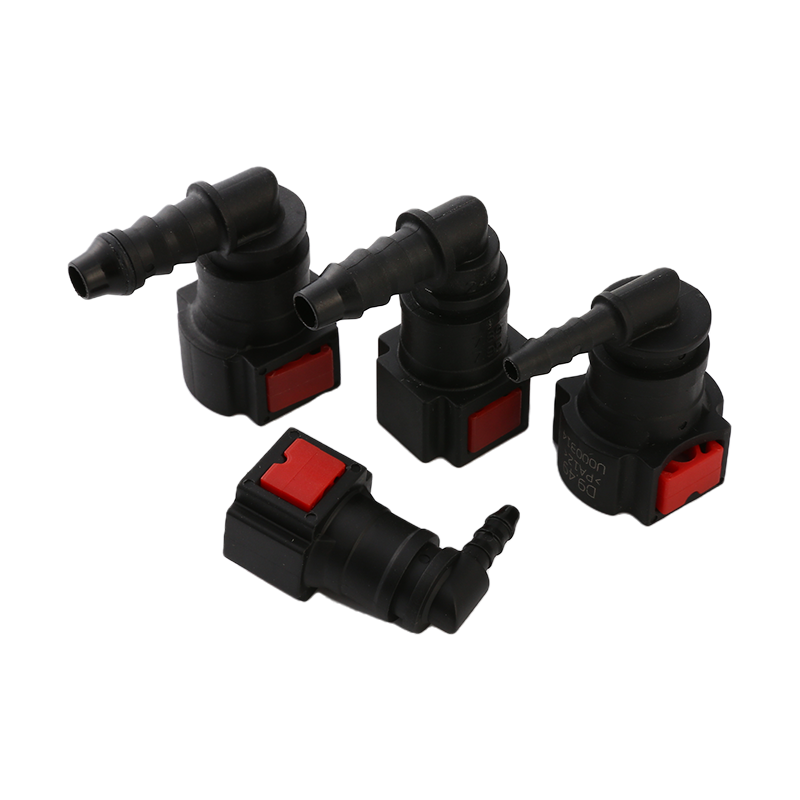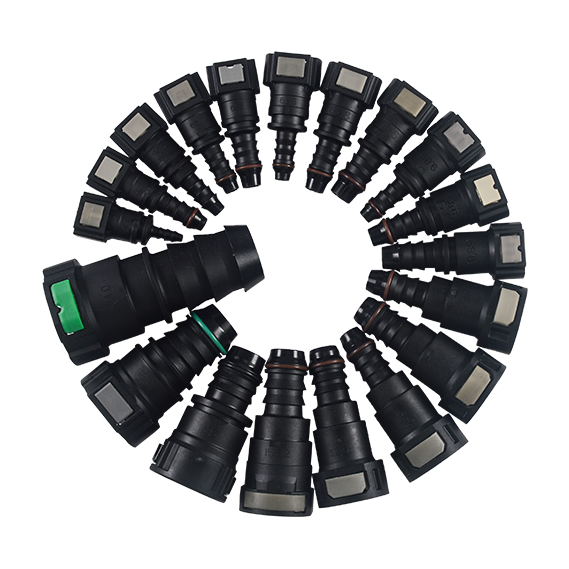How Fuel Line Coolant Hose Design Impacts Vehicle Fuel System Performance
In today's automotive industry, fuel efficiency and system reliability are major priorities. Among the many components that influence a vehicle's fuel delivery performance, the Fuel Line Coolant Hose plays a crucial role that often goes unnoticed. Its design, material, and integration within the engine bay can significantly impact how the fuel system functions, especially under varying temperature conditions.
The Fuel Line Coolant Hose is designed to regulate the temperature of fuel before it reaches the engine. Fuel temperature has a direct effect on combustion efficiency and engine behavior. If the fuel becomes too hot, it can vaporize before reaching the combustion chamber, pilot to a condition known as vapor lock. Conversely, if it is too cold, atomization during injection may be incomplete. The hose helps maintain a balance, ensuring the fuel stays within a good temperature range for smooth engine operation.
In addition to thermal management, the routing and flexibility of the Fuel Line Coolant Hose affect its long-term performance. These hoses must be engineered to resist kinks, abrasions, and degradation from prolonged exposure to engine heat and chemicals.
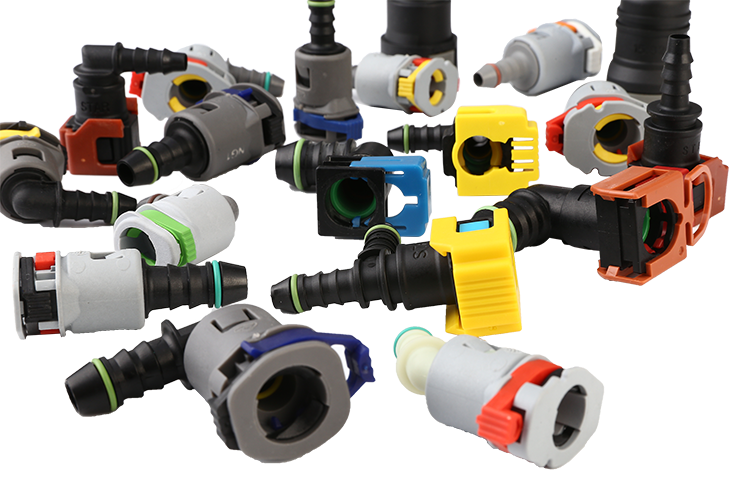
The Automotive Coolant Radiator Hose also plays a vital part in this system. While it focuses on transferring coolant between the radiator and engine, its role in stabilizing engine temperature indirectly supports the fuel line. When the engine operates at a consistent temperature, the Fuel Line Coolant Hose can perform its job more effectively, keeping fuel delivery smooth and consistent across various load conditions.
Advancements in hose materials have led to better resistance to pressure and temperature fluctuations. For example, reinforced synthetic rubber and multilayer composite materials are now commonly used in the production of both Automotive Coolant Radiator Hose and Fuel Line Coolant Hose. These materials improve durability and reduce the likelihood of hose failure over time.
Another critical aspect of design is the compatibility of the Fuel Line Coolant Hose with modern fuel types. As ethanol and other blended fuels become more common, hoses must resist increased chemical corrosion. Similarly, the Automotive Coolant Radiator Hose must be able to withstand the various additives found in newer coolant formulations. Failure to account for these factors in hose design can cause premature aging and functional degradation.
When selecting or replacing hoses, vehicle owners and service professionals should consider not just size and shape but also performance characteristics like thermal resistance, pressure tolerance, and chemical compatibility. A well-designed Fuel Line Coolant Hose ensures that the fuel system can perform consistently, even during long drives, heavy towing, or exposure to tough weather.
In real-world applications, the collaboration between the Fuel Line Coolant Hose and Automotive Coolant Radiator Hose is key to maintaining overall engine health. For example, in turbocharged engines, where fuel delivery and engine temperatures can vary widely, the design of these hoses becomes even more critical. Without proper thermal regulation, fuel efficiency drops and engine stress increases.
To ensure continued performance and safety, regular inspection and maintenance are recommended. Hoses should be checked for wear, hardening, soft spots, and leaks. Timely replacement with quality components can prevent larger mechanical issues in the future.
The Fuel Line Coolant Hose is more than just a connector between fuel components—it is a key player in maintaining stable fuel system performance. Its design must support both thermal regulation and durability under demanding conditions. When paired effectively with the Automotive Coolant Radiator Hose, it helps maintain a balanced engine environment, supporting reliable performance and a consistent driving experience.

 English
English
 Español
Español


